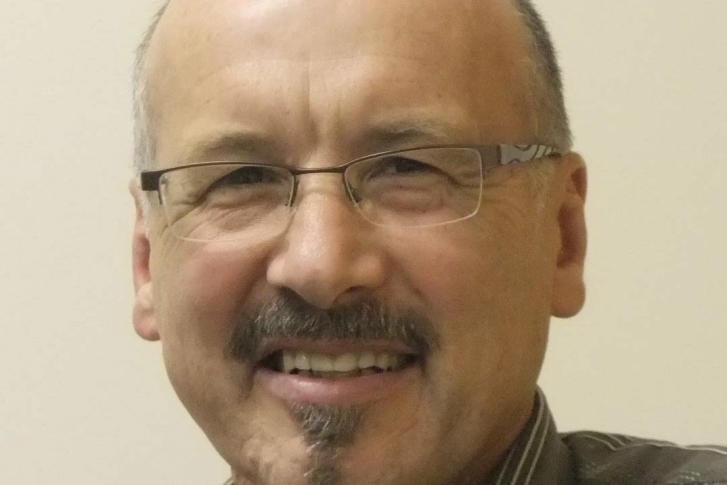NIWA is leading a collaborative project to improve water quality in Lake Wairarapa by restoring the pollutant attenuation function of lakeshore wetlands.
Lake Wairarapa (Wairarapa Moana), New Zealand’s third-largest lake (at 78 km2), has highly degraded water quality due to inputs of nutrients from agricultural and urban runoff. Poor water quality is made worse because lakeshore wetlands which previously would have been a natural treatment system, intercepting flows and removing nutrients, have been partially disconnected from inflows by extensive land drainage and rerouting of flows. This has led to wetland degradation and reduced performance of the pollutant attenuation functions for which wetlands are well known.
Greater Wellington Regional Council (GWRC), working in collaboration the Department of Conservation, iwi partners, South Wairarapa District Council, landowners and community stakeholders, has received funds from the Fresh Start for Freshwater Fund project to improve water quality utilising lake edge wetlands.
Wetland sites were evaluated for their suitability for restoration and reconnection with lake inflows based on a number of criteria, including land ownership, estimated stream inflow and water quality (once reconnected with natural flows), impact on native fauna and flora, and anticipated nutrient removal performance. Although actual stream inflow volumes had not been measured in many instances, modelling of surface run-off and wetland performance enabled NIWA staff to develop likely nutrient removals within each wetland.
Modelled nutrient removals ranged from 23 per cent up to >75 per cent for total nitrogen, and from 30 per cent to >75 per cent for total phosphorus.
These modelled performance data were used to help determine preferred configurations for wetland construction and reconnection, however practical considerations for reconnecting flows and stakeholder ‘buy-in’ may be more important determinants for prioritising these restoration projects. GWRC is working with stakeholders to implement wetland remedial work while ensuring land use within the catchment is not compromised.
External collaborators:
Philippa Crisp and Ian Gunn (Greater Wellington Regional Council).


